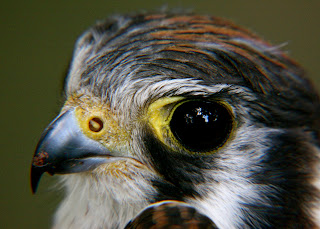From early spring through late fall and into winter, the gardens and prairies surrounding Grange Insurance Audubon Center (GIAC) are alive with bird and butterfly activity.
 |
| Monarch butterfly (Danaus plexippus) on Swamp Milkweed |
Prairies? Prairies in mid-Columbus? Most certainly! Fields bordering the wetland ponds, and creeping up into the new picnic area are full of native grasses and plants, attracting birds, butterflies and insects.
As seasons progress, our Nature Blog will feature information and fun facts about our native plantings and the creatures that need them, as well as all our exciting natural resource management activities. We will also be sharing tips on using native plantings in your own yard because, by using Ohio natives, you will be preserving the natural character of our region.
 |
| Purple Coneflower (Echinacea purpurea) and Brown-eyed Susan (Rudbeckia hirta) |
Native plants are those indigenous to our area, having evolved and adapted to local growing conditions, which thrive in our soil and weather, and require less water, fertilizer and attention. In addition, native plants with long roots soak up and filter contaminants and hold soil in place to reduce erosion.
 |
| Compassplant, Coneflower and Brown-eyed Susan in our Monarch Waystation |
Our foray into native plants will begin with the Eagle’s Nest Butterfly Garden located on the south side of the visitor center. The Eagle’s Nest was designed and planted as an Eagle Scout project in 2011 by Luke Steffen, Boy Scout Troop 474, Columbus. This garden features 19 species of native plants including compassplant, cone flower, brown-eyed susan’s and many other local favorites. Additional resting rocks and watering areas help create a waystation for migrating Monarchs, as well as home for several additional butterflies. Finches and chickadees also take advantage of the plentiful seeds.
We look forward to sharing notes on Ohio’s native riches in our future Nature Blogs. Be sure to include a stroll through Luke’s project on your next visit to GIAC!
blog post by Jill Holl




